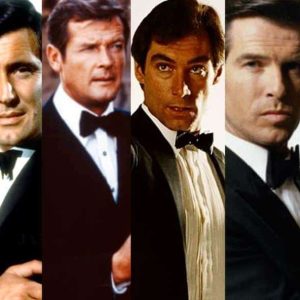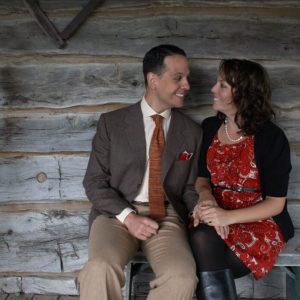Why Did Men Stop Wearing Pleated Pants ?
one of the cornerstones of classic menswear is a pair of pleated pants (or trousers, if you’re across the pond). Whether they’re worn as part of a suit or as a separate piece of clothing, there’s no denying the mix of comfort and timeless elegance that one gets when wearing them. However, pleated pants are increasingly difficult to find these days, so we thought it was high time to get out our sartorial spyglass and look into why this is the case.
What are Pleated Pants?
To begin today’s analysis, we first have to answer the broader question of just what pleated pants are. In simplest terms, pleats are gathered folds of cloth where the Z-shaped fold is pressed and sewn into a garment to control the volume of fabric, provide shape to the garment, and allow for a greater range of movement.
Pleats can be found on all different types of clothing, including jackets, overcoats, shirts, skirts, or kilts and, of course, pants. Some trouser pleats are sewn directly into the waistband and other trouser styles, like those with a Hollywood waist, forgo the separate waistband altogether.
Additionally, trouser pleats can be made to face inward as forward pleats or outward as reverse pleats. In addition to allowing for a greater range of movement in the leg of the trouser, they also shape the trouser leg and allow the fabric to drape more attractively.
And, of course, the alternative to pleated pants is the flat-fronted trouser, which is pretty self-explanatory. With that out of the way, in order to understand where pleats went, we have to know first where they came from.
History of Pleated Pants
You could, of course, be forgiven for thinking that traditional trousers have always borne some kind of pleat but, in fact, this isn’t the case. Indeed, throughout most of history, trousers were predominantly flat-fronted. Even the famously large Oxford bags of the 1920s and 30s were flat-fronted most of the time. And while pleats, as we know them today, did come about in the 1920s, there was also a fad for pleat-like styles a hundred years earlier in the 1820s.
The Regency Era, specifically from about 1811 to 1820 or so, saw the popularization of longer trouser legs as compared to the breeches that had come before them. These longer trousers were cut close to the body and were held up by suspenders or braces.
But, as these trouser styles began to widen around the leg, that opened the door to the fashion fad known as the “Cossack trouser,” which featured many pleats at the front of the trousers similar to a too-tight drawstring on a pair of pajama pants.
After this fad died out, though, and as men continued to wear long trousers throughout the Victorian Era, they would experience bagging and stretching around the knee that looked unsightly.
To combat this, trouser stretching and creasing services were offered and, by the 1880s, men were stretching and creasing their trousers themselves with at-home devices. Irons could also accomplish this task and this method of pressing or creasing trousers has stuck around to this day.






